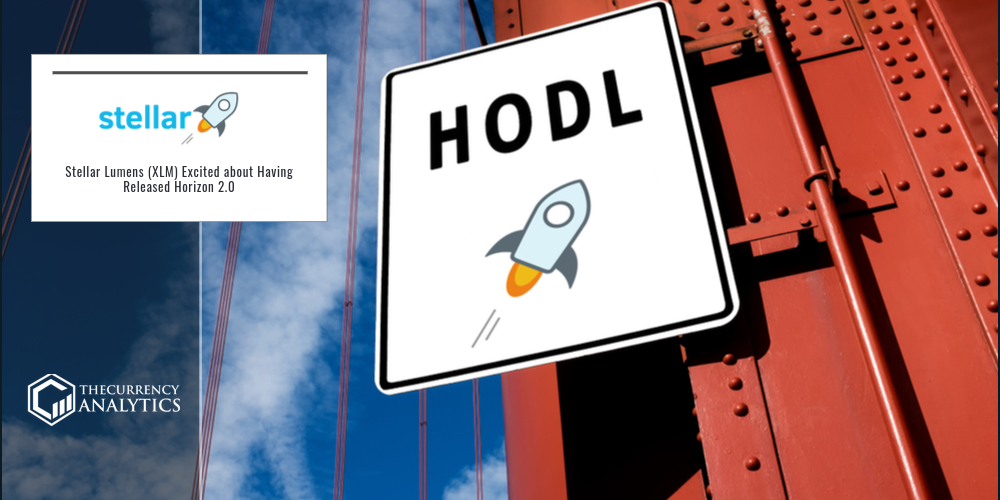
Big news from Stellar is that they have just released Horizon 2.0. This major release has been years in the making. It permits people to deploy Horizon with fewer resources, under looser constraints, and with far more flexibility than ever before.
The full release notes are available at GitHub. Before upgrading, users are advised to read the Captive Stellar-Core. “Captive mode relaxes Horizon’s operational requirements. It allows running Horizon without a fully-fledged Core instance and, most importantly, without a Core database. More information about this new mode is found in Captive doc.”
In the past, if a developer wanted to run a Stellar Core node to deploy the Horizon, it burdened them with heavy disk space requirements and lot of careful configuration required by the Stellar Core. And, the complexity didn’t make sense for several use-cases and it was not negotiable. Now, it is possible for users to choose a setup which will fit their use case.
Rather than going by a universal blueprint, users should decide what they want to do?They need to decide if they want to run a validator or if they want to just run Horizon?
Running a validator makes it possible for users to participate in consensus and improve network health and decentralization, and therefore developers will be able to take advantage of Stellar’s issuer enforced finality feature, and eventually vote on fundamental network changes like inflation or fee changes.
Running Horizon lets developers find out what happened on the blockchain in the past and to find out the current state of the world like account balances, track new events which they care about, and to submit transactions.
It is out with the old and in with the new with the coming of Horizon 2.0 – which provides for lot of flexibility.
Now there are changes in the way in which Stellar Core interacts with Horizon and therefore there are changes in system requirements.
“The in-memory database requires around 3 GiB of RAM, and the disk space requirements have dropped significantly (again, by hundreds of gigabytes).”
Horizon 2.0 is coming with massive performance and architecture benefits which makes it very easy to run the Stellar infrastructure than ever. The optimized Captive Stellar Core will now be able to process transactions in-memory and therefore, the disk space requirements have been vastly reduced (by 100s of GBs) and the ingestion is now in orders of magnitude faster which has reduced from weeks to a day. The Horizon database can now be rebuilt quickly. There’s no database requirements for Stellar Core.

Get the latest Crypto & Blockchain News in your inbox.